A Decade of Excellence
At Limeup, we redefine legacy systems, blending advanced tools and methodologies to deliver high-impact modernization solutions. We bridge the gap between the old and the new, helping businesses thrive in a tech-driven world.
At Limeup, we redefine legacy systems, blending advanced tools and methodologies to deliver high-impact modernization solutions. We bridge the gap between the old and the new, helping businesses thrive in a tech-driven world.

By updating obsolete systems, our legacy modernization services, which are centered on progress and supported by expertise, assist companies in realizing their full potential.We are the perfect partner for your change for the following reasons:
Our legacy modernization services help you transform outdated software systems into high-performing, scalable applications. Whether you’re updating an existing platform or migrating to a new solution, we provide end-to-end support, ensuring your software remains reliable and efficient.
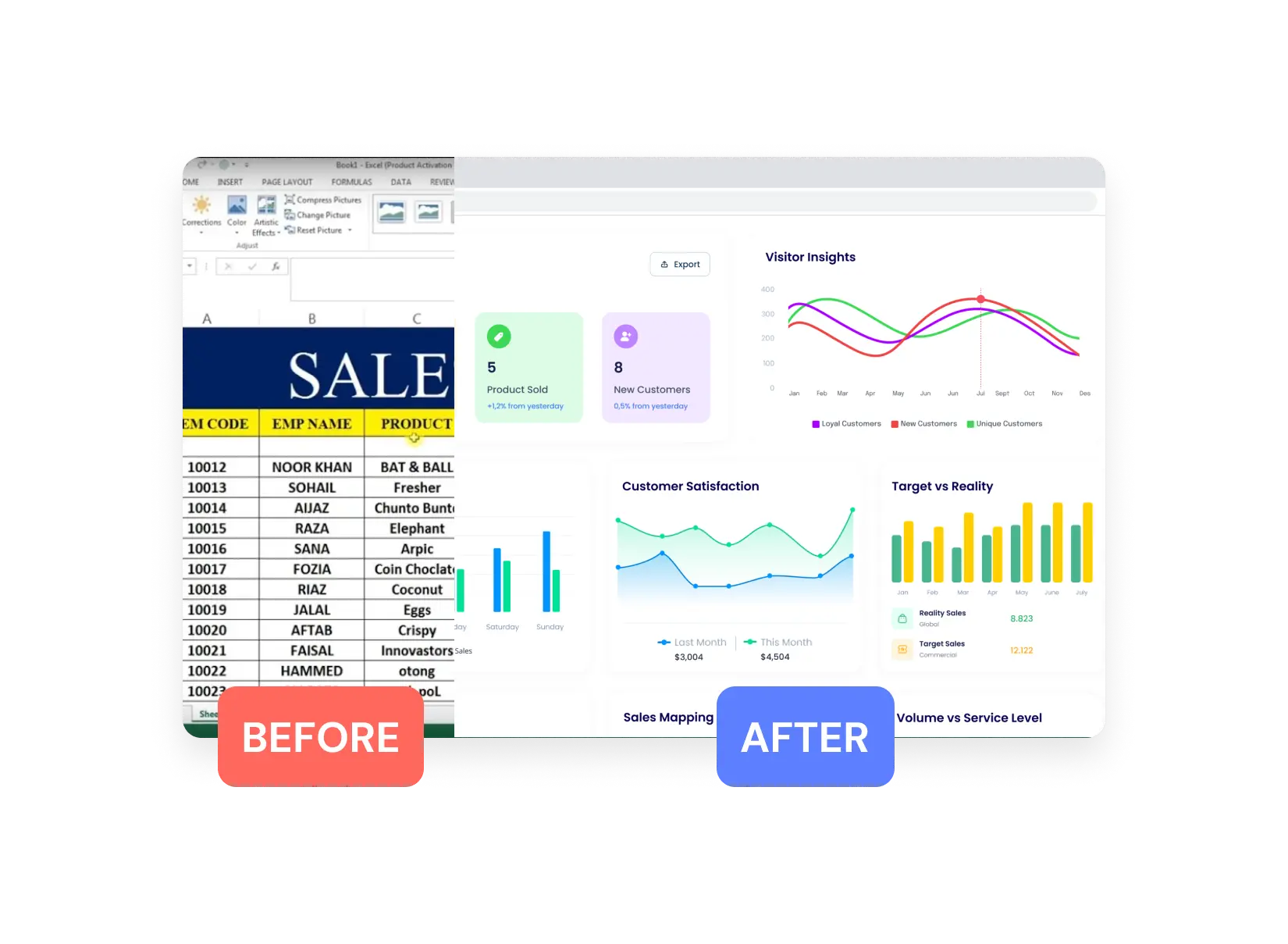
Use contemporary design concepts and technologies to breathe new life into your mobile apps. For compatibility with the newest devices, improved user experiences, and smooth integration with new features, our team specializes in updating legacy mobile apps.

We ensure smooth data migration from legacy systems to modern platforms without compromising data integrity. By implementing robust data integration strategies, we eliminate silos, enabling consistent and secure data flow across systems.


Limeup has built a reputation as a reliable partner for businesses looking to modernize their legacy systems. Here’s why our clients continue to trust us:

Limeup unlocks the full potential of businesses’s existing systems while preparing them for the technological demands of tomorrow.
We conduct a thorough system audit to assess the legacy system’s architecture and limitations, define clear modernization goals like scalability or cost reduction, and create a phased roadmap with tasks, timelines, and technology selections.


Based on the assessment, choose the appropriate approach: rehosting, refactoring, replatforming, or rebuilding — to integrate modern technologies like Docker or Kubernetes, and securely migrate data with minimal downtime while maintaining integrity.
Conduct functional testing to verify core functionalities, benchmark performance to meet new scalability and security standards, and perform user acceptance testing (UAT) to ensure the system aligns with business needs.


Set up the updated system with the least amount of disturbance possible, keep an eye on performance with tools like New Relic or Dynatrace to fix problems, and update the system often to keep up with changing company needs and technological advancements.
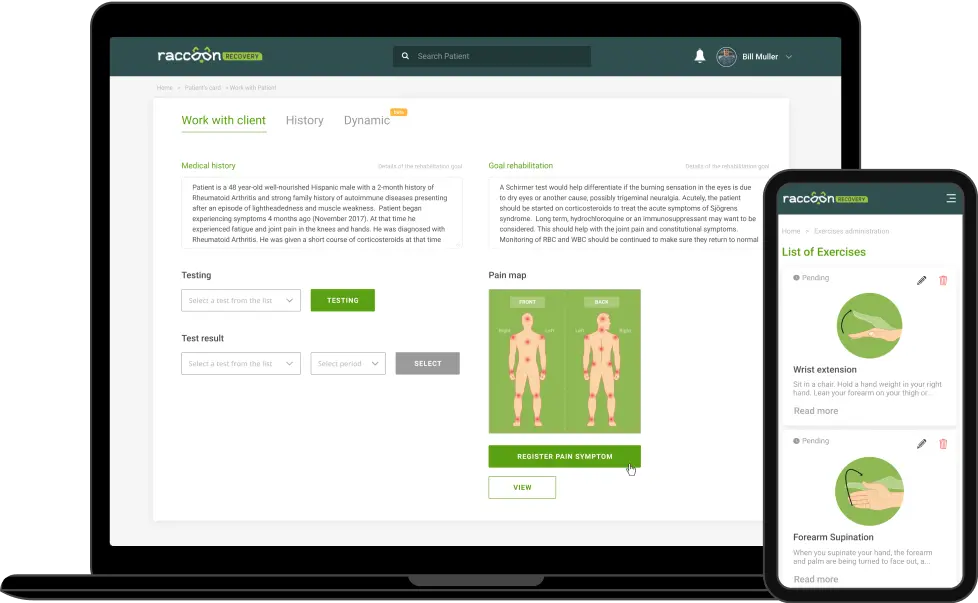
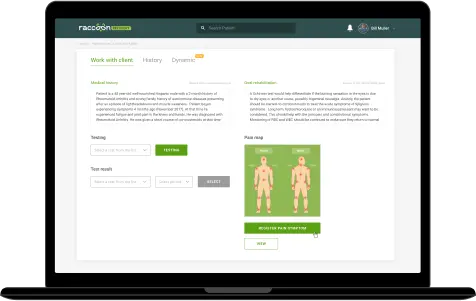
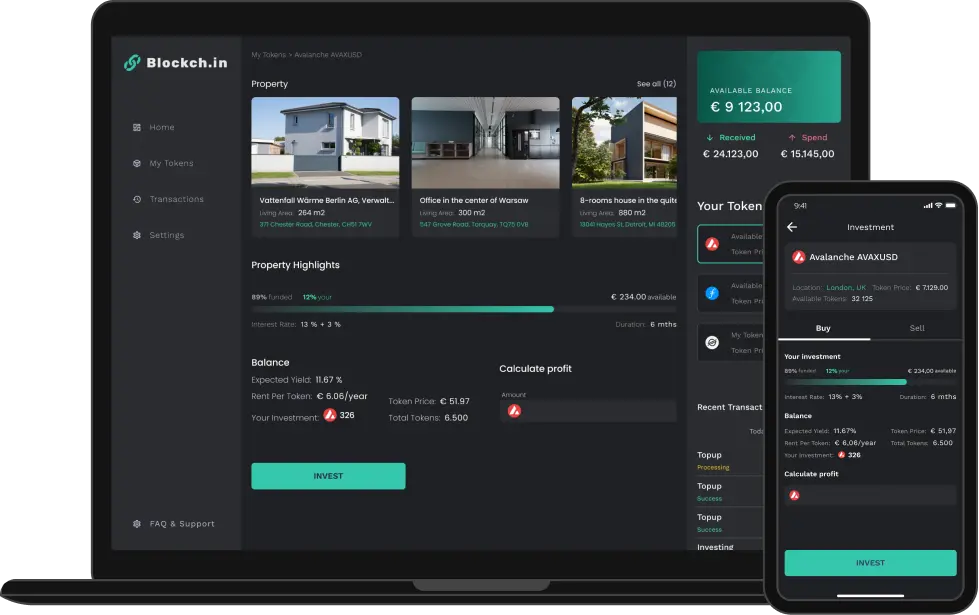

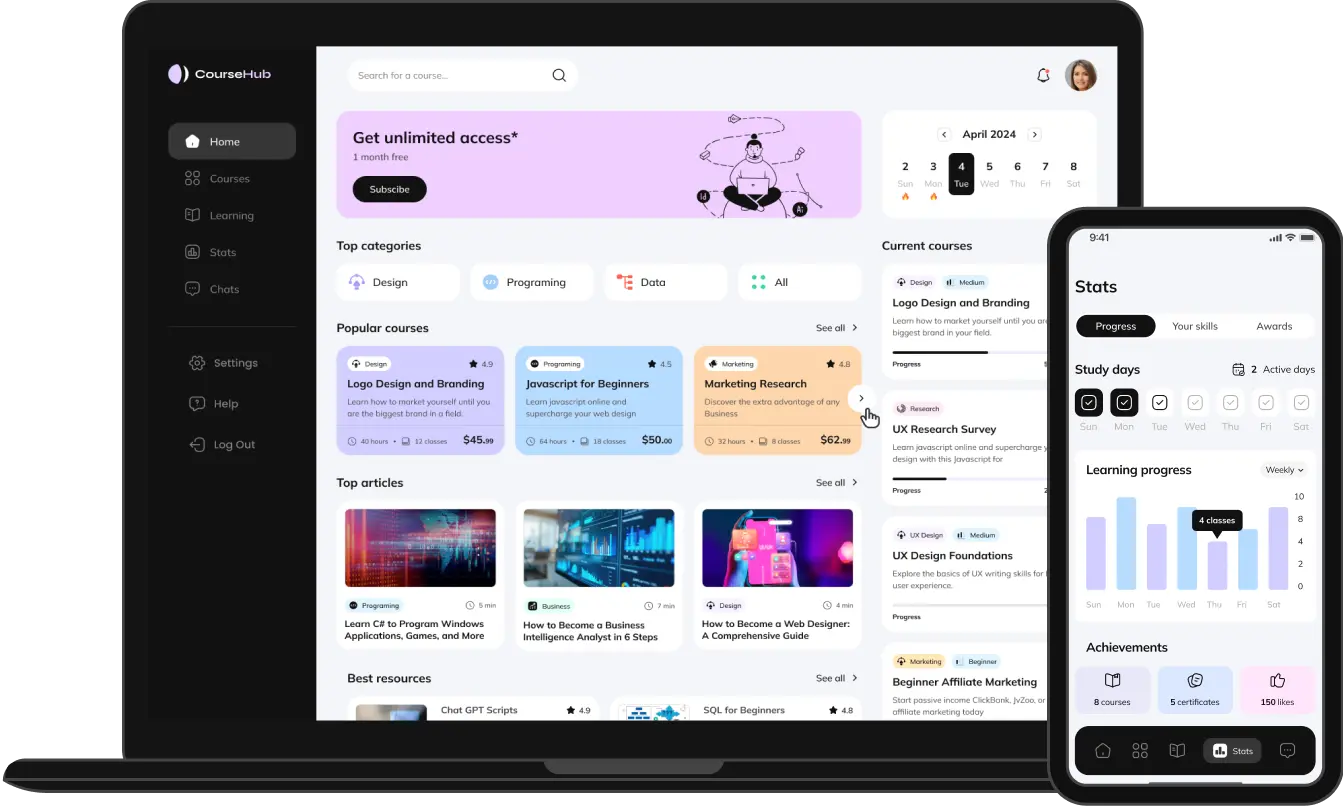
With the help of our enthusiastic staff and years of experience, Limeup helps companies modernize their old systems and turn them into adaptable future-ready infrastructures. Working with us signifies a number of advantages intended to advance your project:
We modify outdated systems to remove obstacles, automate workflows, and promote increased productivity, enabling your company to prosper in a market that is becoming more and more competitive.
We revitalize your systems using the newest frameworks and tools. In order to keep you ahead of the curve, we outfit your infrastructure with the newest technologies that grow with your company, whether that means re-platforming or refactoring.
Through strategic modernization, we automate workflows and integrate systems to reduce your manual processes. Our approach drives smarter data handling and optimizes performance across your entire infrastructure, supporting your long-term business success.
Optimizing outdated systems allows you to eliminate inefficiencies and reduce maintenance costs, freeing up resources for innovation and empowering them to scale operations more efficiently.
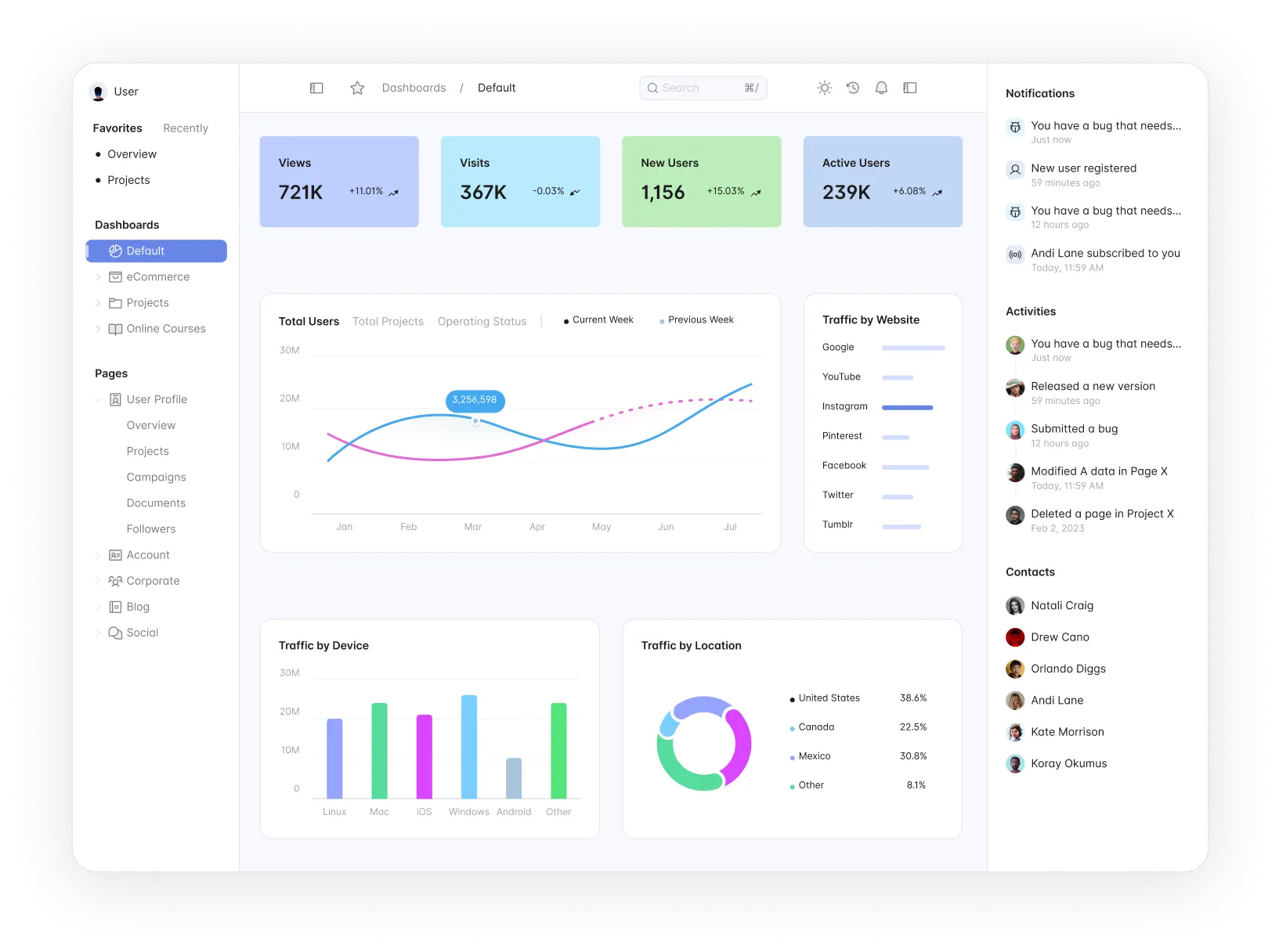

Start by booking a session with our legacy modernization experts. We’ll discuss your business objectives, understand the challenges with your current systems, and outline the specific requirements for your project.
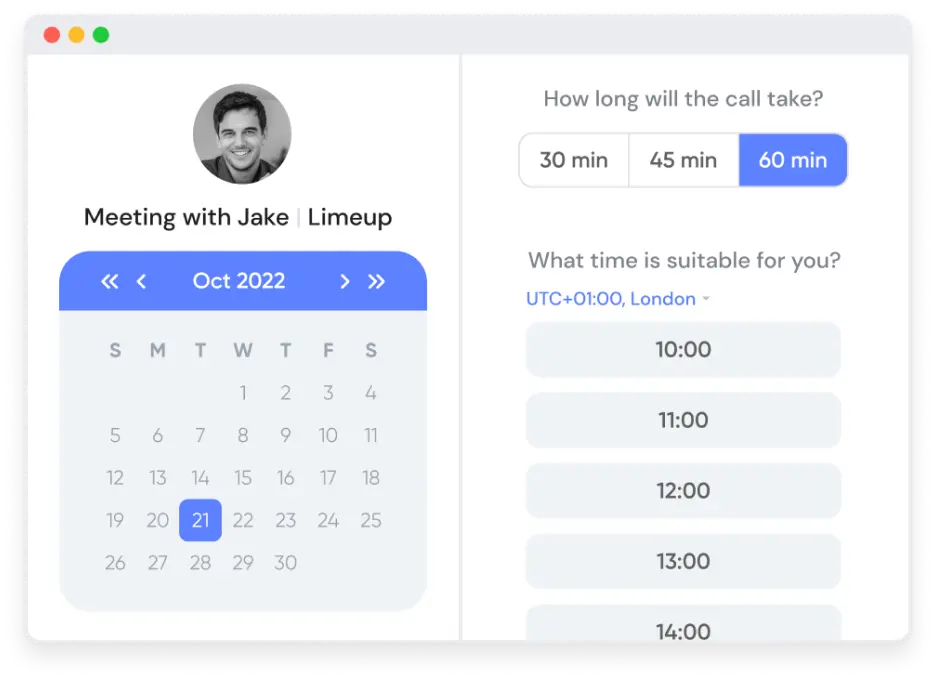
We’ll work together to create a clear roadmap, establish technical needs, and assemble a team of experienced professionals to drive your legacy system upgrade and integration.

As we move forward, you’ll receive consistent progress updates. Our team will adapt based on your input, ensuring the solution integrates smoothly with your infrastructure and aligns with your long-term business goals.
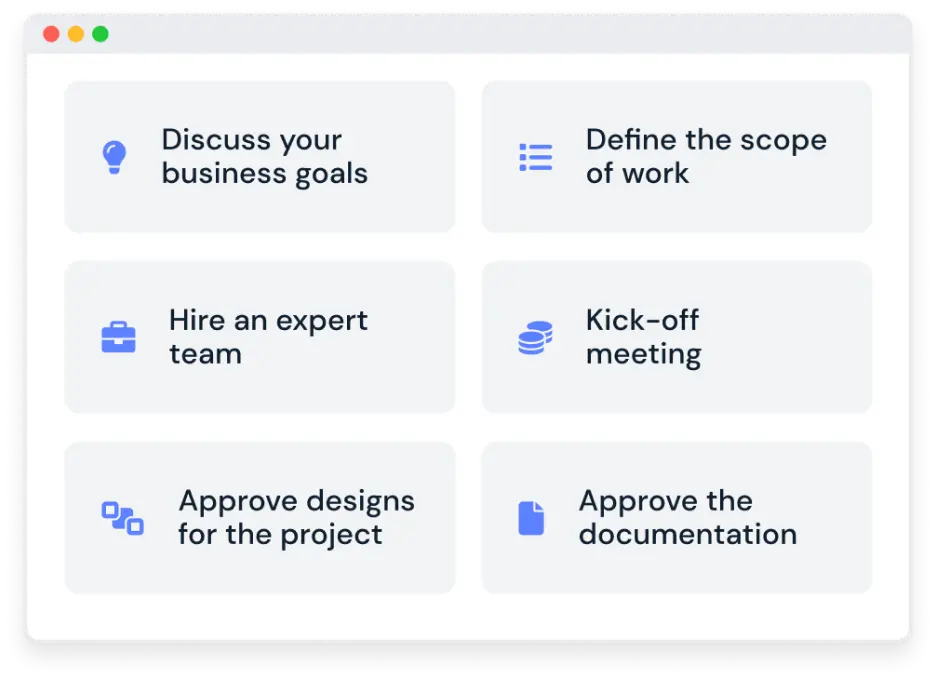
Our strategies for upgrading outdated systems include a variety of approaches tailored to your specific needs:
If your current system is becoming increasingly difficult and costly to maintain, it may be time to consider a replacement. Frequent downtime, slow performance, or compatibility issues with new technologies are clear signs that the system is no longer keeping up with the demands of your business.
Another key indicator is when your legacy system can no longer scale effectively. As your business grows, it is necessary that your technology infrastructure can support increased data volumes, users, and transactions. If the legacy system limits your ability to innovate, or if it hampers your digital transformation efforts, it might be holding you back from achieving key business objectives.
Security vulnerabilities in outdated systems are also a major concern. As cyber threats evolve, legacy systems may not have the necessary updates or protections to defend against modern risks. If your system no longer meets compliance standards or fails to support security patches, a replacement should be prioritized.
Ultimately, replacing your legacy system should be driven by the need for greater efficiency, scalability, security, and the ability to stay competitive in the market.
Selecting a seasoned legacy modernization firm is essential to the project’s success. Here are some important things to think about:
Experience and expertise. Seek out a business that has a history of successfully updating outdated systems in a range of sectors. Their familiarity with contemporary frameworks, cloud computing, and APIs demonstrates their capacity to manage challenging projects.
Tailored solutions. The firm should provide strategies that are specifically designed to meet your operational requirements and corporate objectives. Steer clear of one-size-fits-all strategies because each legacy system has different needs and challenges.
Technical proficiency. Assess their knowledge of contemporary technologies including DevOps methodologies, containerization, and microservices. A business may provide scalable and future-proof solutions if it keeps up with new trends.
End-to-end services. A good modernization partner should offer end-to-end services, including system analysis, roadmap development, migration, integration, and ongoing support.
Client references. Examine case studies and client endorsements to determine their level of experience and client satisfaction. Reliability is demonstrated by successful initiatives and positive reviews.
Cooperation and communication. Pick a business that values open communication and keeps you updated at every stage. It is crucial that they comprehend your concept and give you regular updates.
Cost-effectiveness. Value should come before price, even though affordability is crucial. Long-term gains and reduced risks are supplied by a skilled partner providing superior services.
At Limeup, the price of upgrading legacy apps depends on various key elements. The complexity of the system plays a big part — while simple updates may not break the bank, a full rebuild can push the price tag higher.
The approach you take also affects the cost: rehosting might be a more budget-friendly option, but it won’t offer the same level of improvement as a complete rebuild. Adding cutting-edge tools or advanced features will also add to the price, just as the expertise of the team will.
Finally, the timeline is another piece of the puzzle as if the project needs to be done quickly, expect the cost to rise as extra resources are brought in. We at Limeup are committed to making sure you get the most bang for your buck.

Account Executive

Business Development Manager